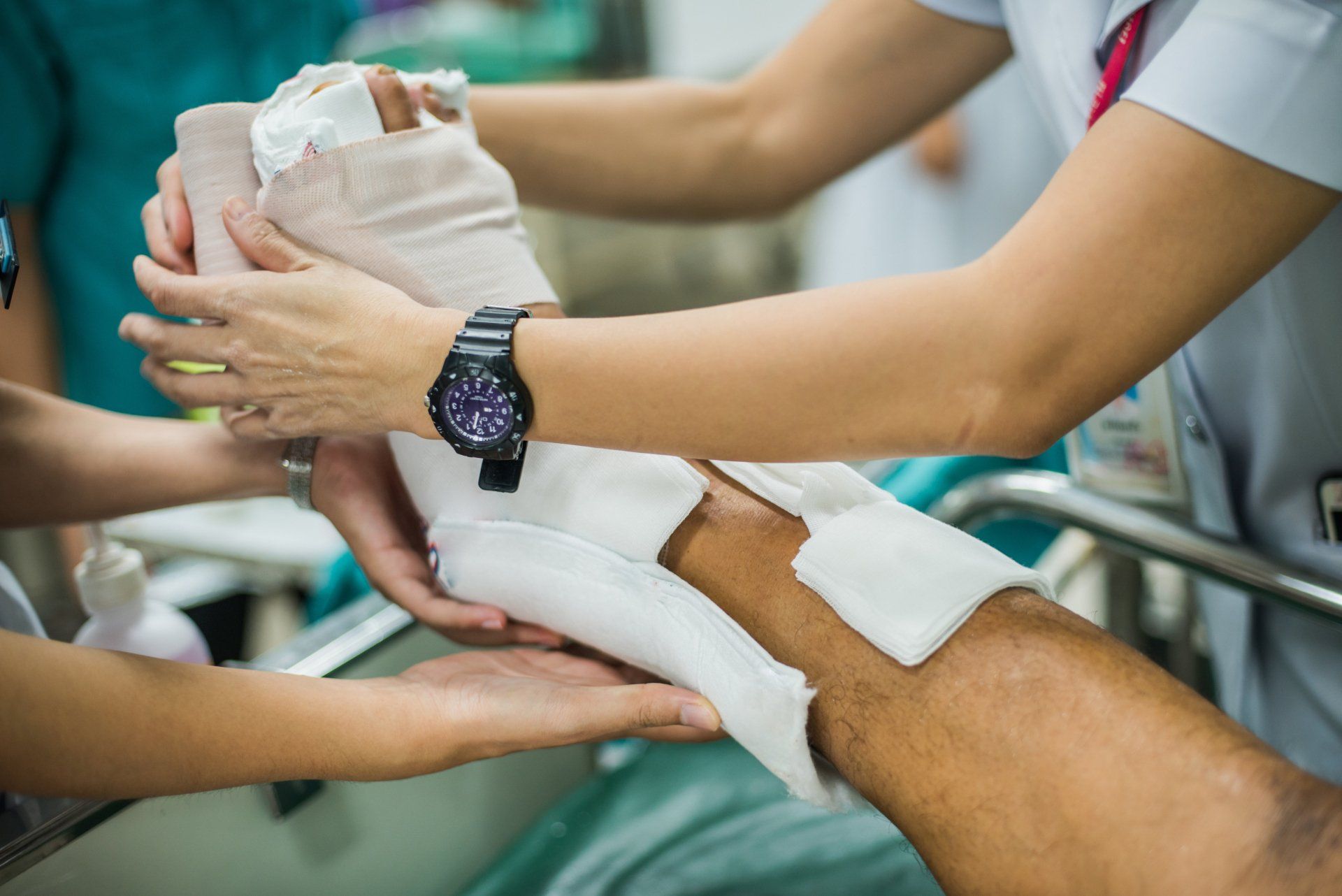American Siesta Anesthesia Partners
Monitored Anesthesia for Outpatient Care, Hospitals & Ambulatory Surgery Centers in Arkansas
Conscious Sedation
Conscious/monitored sedation is a combination of medicines to help you relax and to block pain during a medical or dental procedure. It also allows you to recover quickly and return to your everyday activities soon after your procedure.
The Cost of Conscious Sedation
It’s usually not too costly and has few side effects or complications. It depends on the type of sedative that is being used and the type of procedure that is being done. It also depends on how long the patient needs to be sedated during the dental procedure.
Get in touch with our pros today for a free quote:
The Process:
A sedative and/or analgesic is generally given before the procedure.
An analgesic is a medication used to achieve analgesia, or pain relief, and is often combined with sedation.
Procedures using sedation and analgesics may be performed in a hospital or in an outpatient setting, such as a same-day surgery center, your physician’s office, or a dentist’s office.
It provides depression of consciousness allowing the patient to be relaxed and comfortable, but responsive to verbal commands while having the procedure, meaning the patient will remain conscious through the procedure and is mostly awake during the treatment.
It will wear out quicker than general anesthesia and is an ideal option for people who may have a phobia of medical treatments. The patient is able to maintain his or her own respiratory function without breathing assistance under this sedation.
This process helps to reduce the stress and fear in the patients during medical or dental treatments. It relaxes and reduces the discomfort during oral surgeries and enables patients to move forward with the treatments without being anxious about it.
What Type of Procedures is Conscious Sedation (Anesthesia) Used For?
Some of the tests and procedures that conscious sedation may be used for are:
- Breast biopsy
- Dental procedure or surgery
- Minor bone fracture repair
- Minor foot surgery
- Minor skin surgery
- Plastic or reconstructive surgery
- Procedures to diagnose and treat some stomach (upper endoscopy), colon (colonoscopy), lung (bronchoscopy), and bladder (cystoscopy) conditions
Levels of Sedation We Provide | Anesthesia for Every Need
The level of sedation a patient experiences depends on several factors, including the type of procedure you’re performing and how the patient responds to anesthesia. Your patient’s age, medical condition, and health habits may also affect the type of anesthesia they’ll receive. Regardless of the level of sedation, it’s important that a physician anesthesiologist be involved in your anesthesia care. We are physician anesthesiologists: medical doctors who specialize in anesthesia, pain management, and critical care medicine.
The main levels of sedation are:
Minimal
– Minimal sedation will help you relax, but you will likely be awake. You’ll understand questions your doctor is asking and be able to answer as well as follow directions. This level of sedation is typically used when your doctor needs you to be involved in the procedure.
Moderate – You will feel drowsy and may even fall asleep during the procedure. You may or may not remember some of the procedure.
Deep – You won’t actually be unconscious, but you’ll sleep through the procedure and probably will have little or no memory of it.




